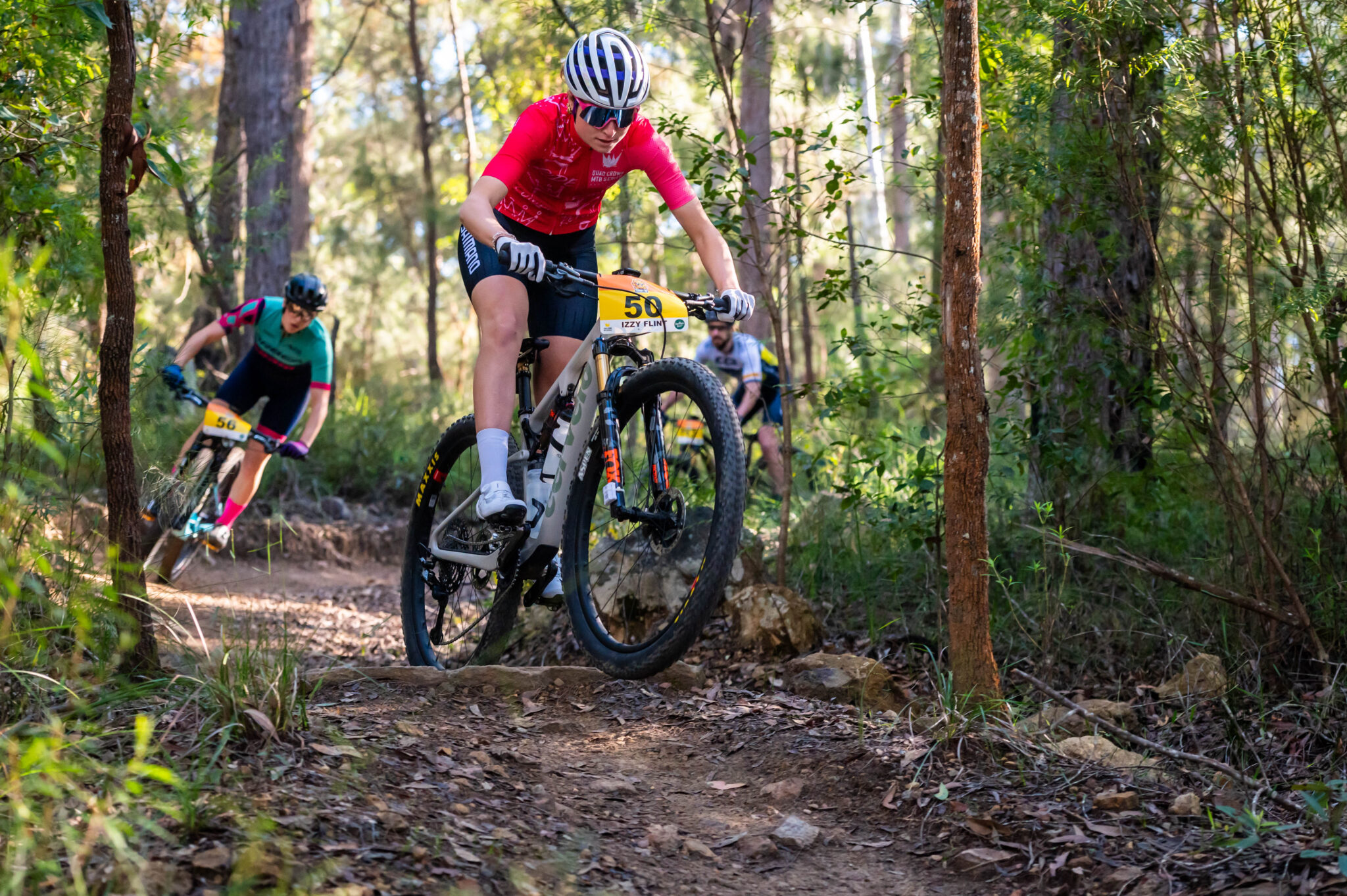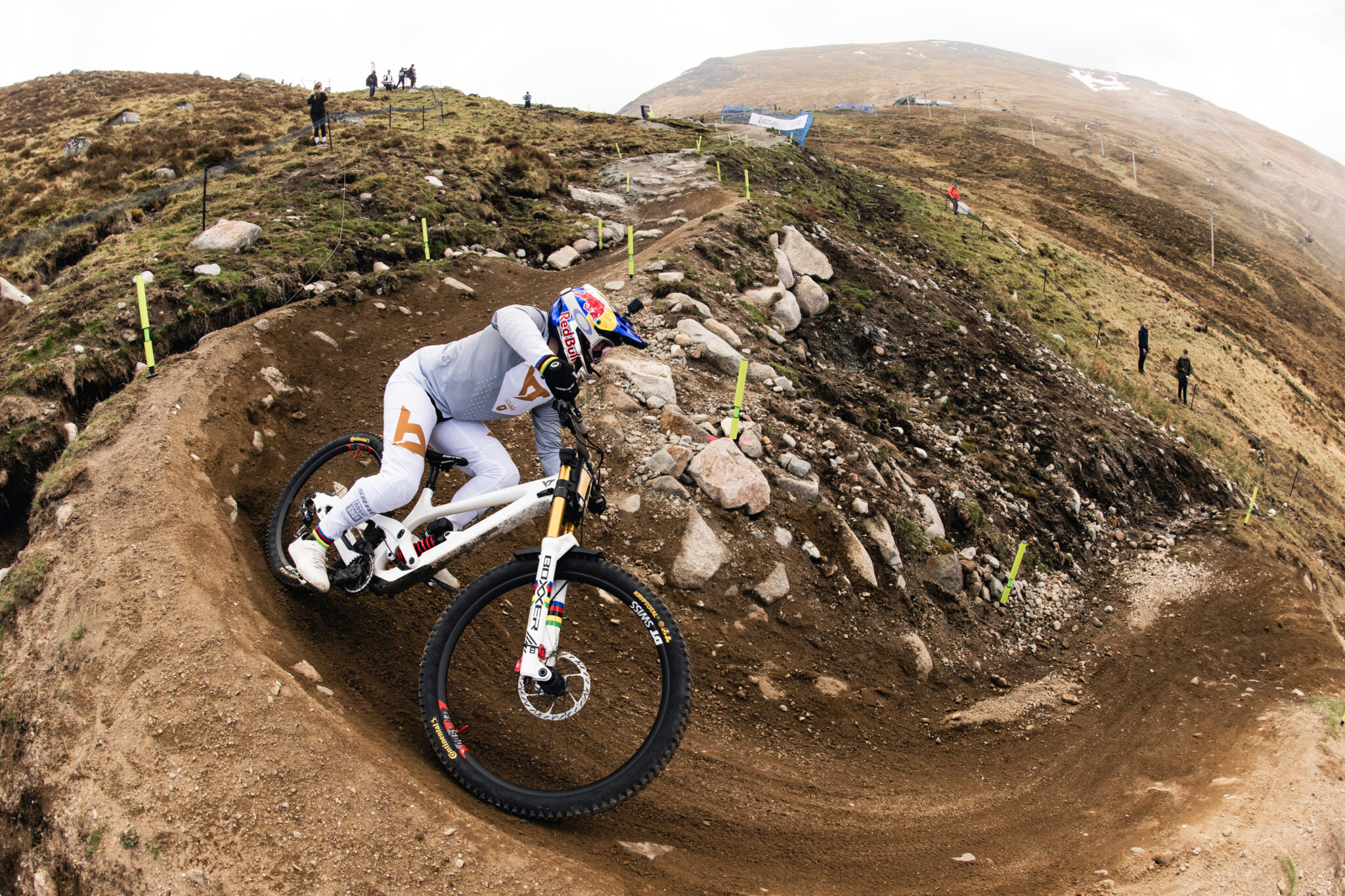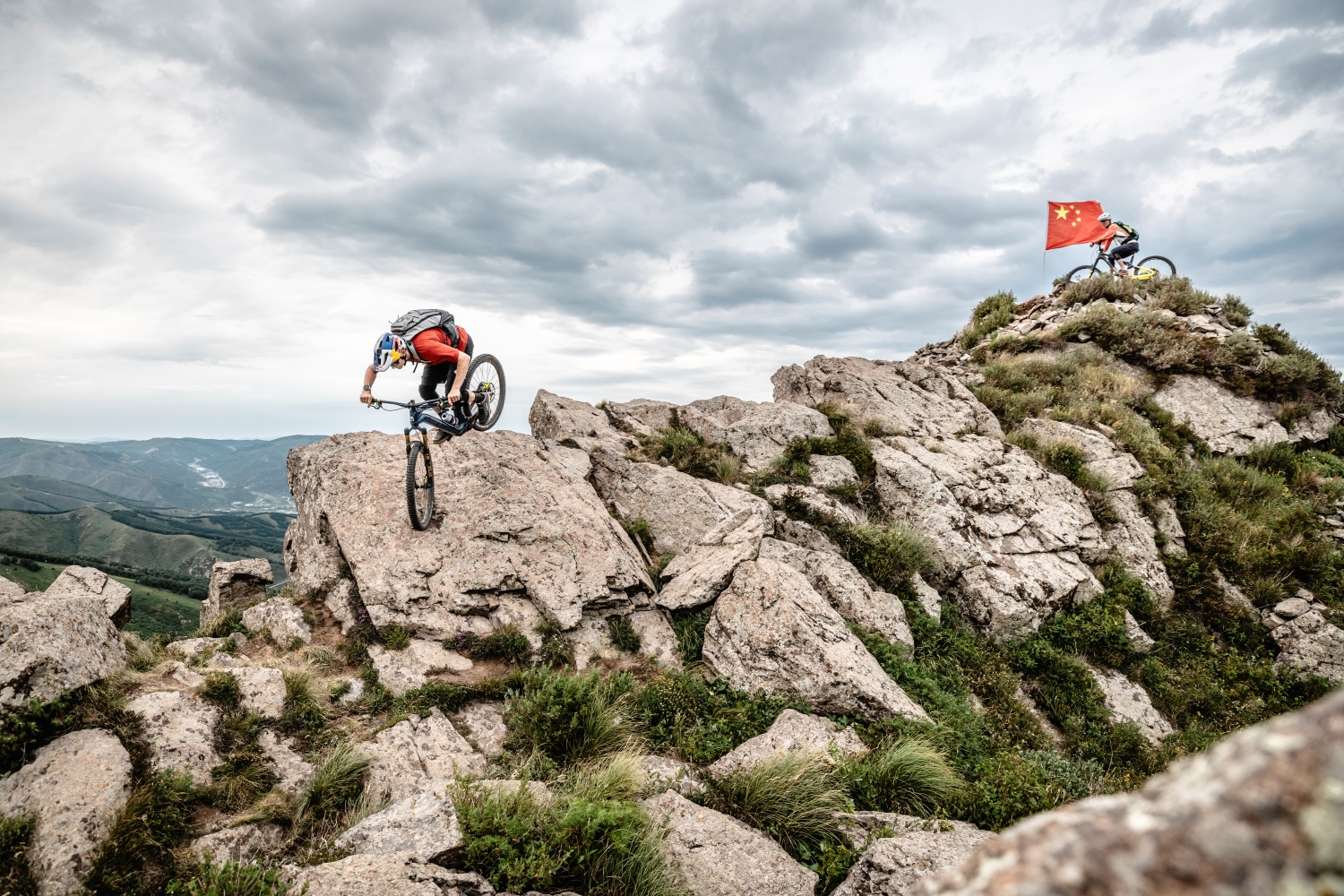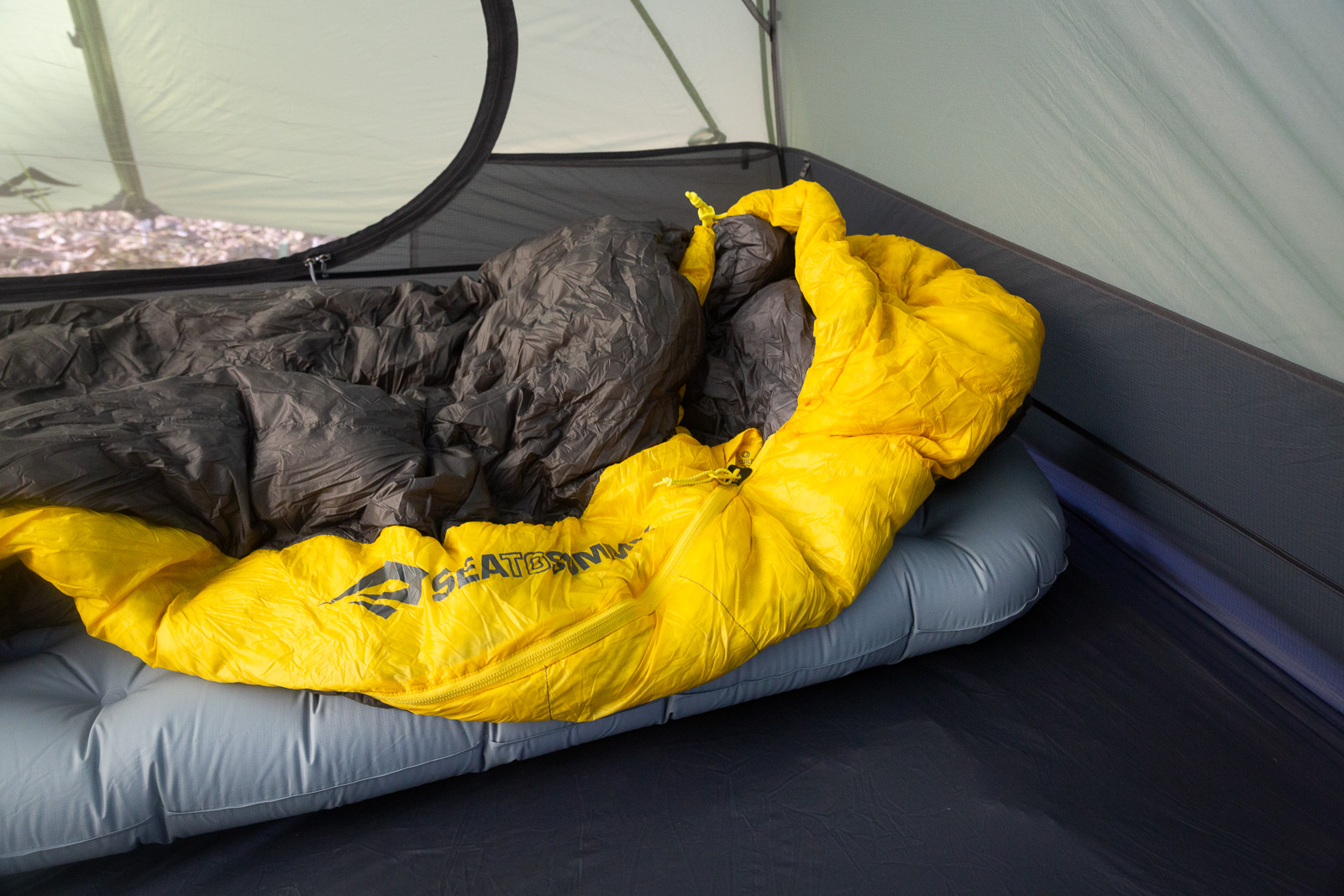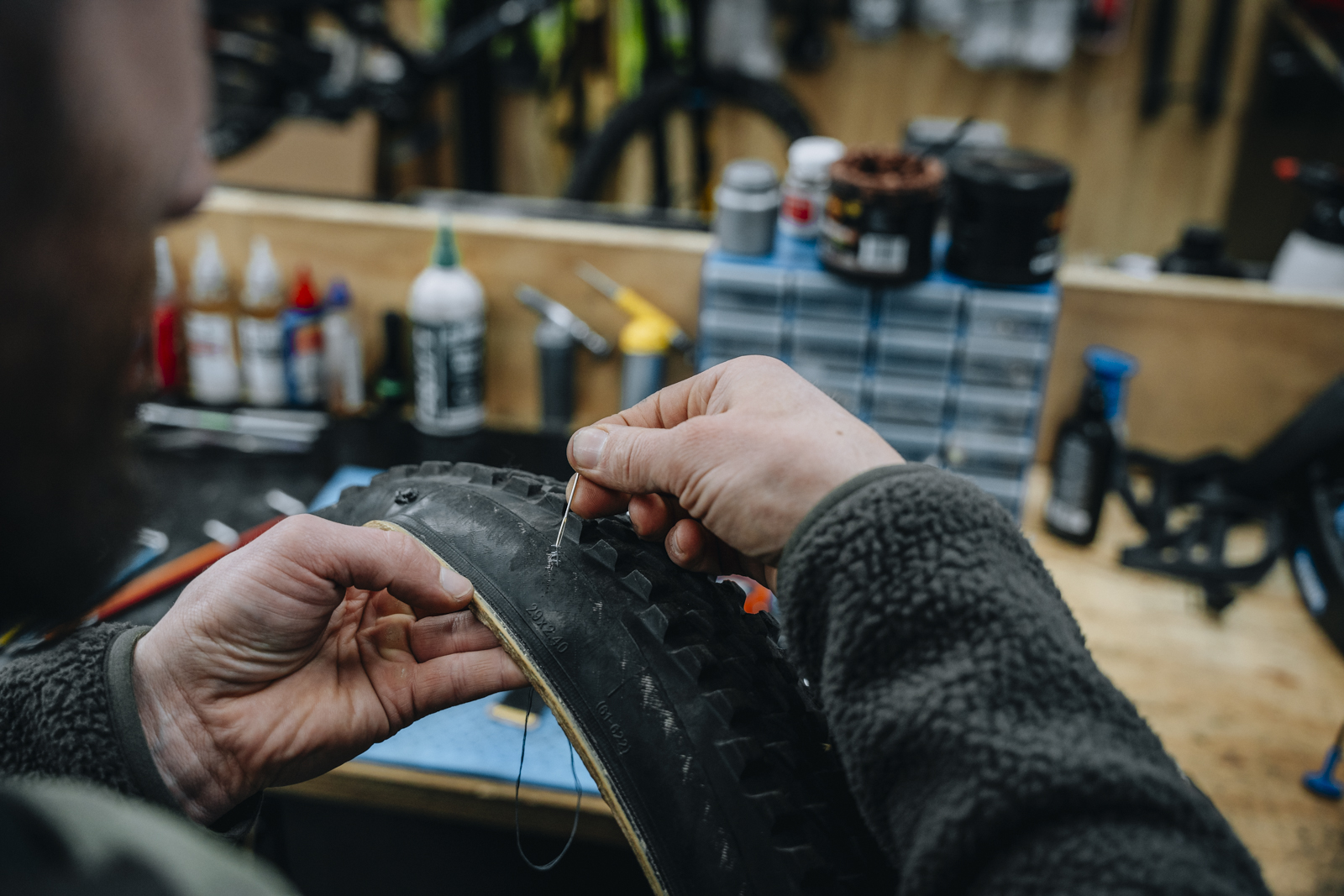TESTED: Rocky Mountain Altitude Powerplay Carbon 70
Rocky Mountain’s Powerplay platform is now in its fourth iteration and sees some major changes to geometry, kinematics, and overall user experience.
Photographer: Jordan Riddle
Tester: Ryan Walsch
Riding Experience: Enough to know boats.
Generally Rides: Forbidden Druid
Height: 178cm
Weight: 73kg
Bike Test Track: Canberra's finest jank and rockiest loam
Initial Impressions
Firstly, the size of the Dyname 4.0 motor has been reduced with a 18.5% weight reduction yet still boasting the identical eye watering power figures. The main pivot has moved upward, not as high as a high pivot but what Rocky Mountain refer to as a Mid-High pivot which for this style of longer travel E-bike could be a huge plus. The Mid-High pivot in conjunction with a conventional pressfit bottom bracket allows for a slightly different drive arrangement than the previous iteration, keeping the rear centre either short at 437mm or long at 447mm both well under the norm. The Dyname 4.0 does away with the leading guide which did make a bit of excess noise under load and makes the latest platform extremely quiet on the trail.
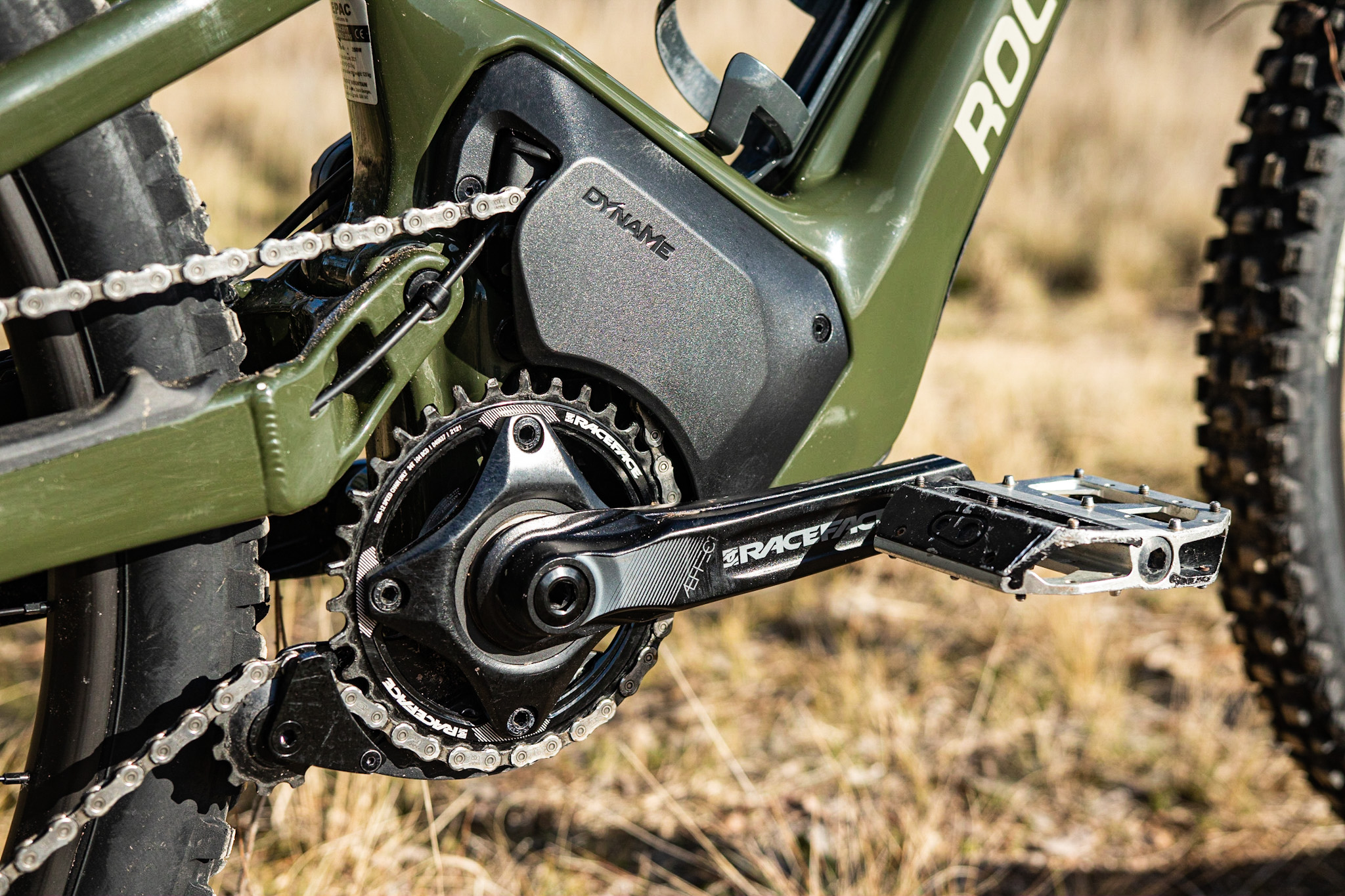
The system is very quiet, thanks to a lower RPM speed of the motor, internal gearbox and a high quality steel drive cog. Like all high pivots that utiliae an idler (which is effectively what this drive cog is replacing) there is a dragging noise under foot, there is little to no high pitched whirring and no clacking like Shimano and Bosch when descending. The silence when descending on the Altitude Powerplay is something else! The additional power with 108Nm of torque when you stomp on the pedals is like nothing I have reviewed before. The instantaneous assistance has the most natural feeling addition of power underfoot, thanks to the location of the torque sensor. Rocky Mountain have situated the torque sensor in between the drive cog and the chainring, the chain becomes taught as you pedal and increases assistance based on your effort. There is no delay which makes timing obstacles on a tech climb easily mastered. This can obviously be increased and decreased using the four modes selectable on the low profile bar mounted selector hard wired into the Jumbotron display and furthermore by increasing or decreasing the Boost sensitivity, again all done via the Jumbotron, with no need to reach for the phone.
There are 5 models available here in the Australian market, the Alloy 30 Coil ($8999), Alloy 50 ($9(99), Alloy 70 ($11499), Carbon 70 (on test, $13499) and the Carbon 90 Rally Edition. Our test model weighed24.2kg.
The Display
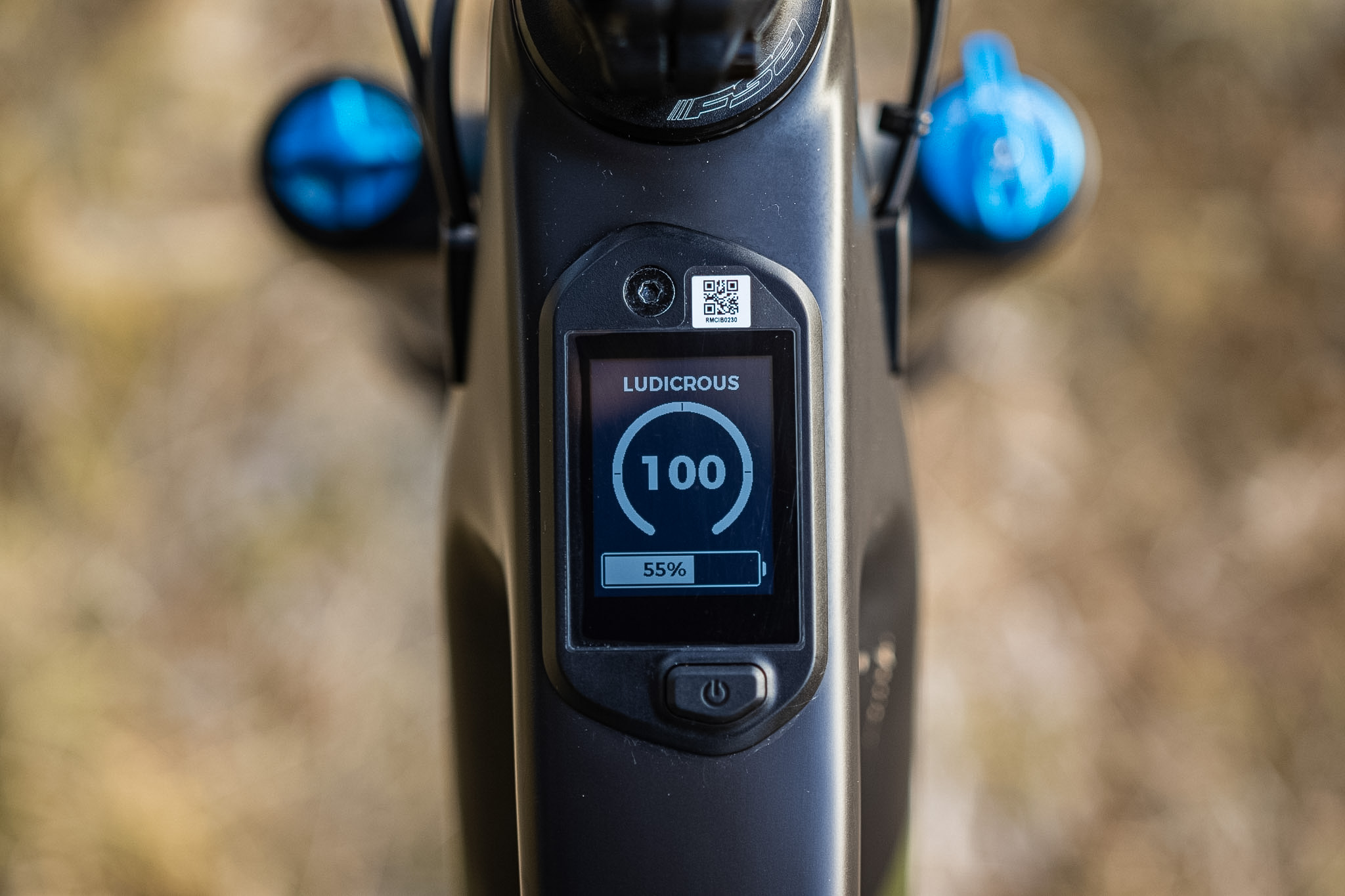
Dyname’s latest offering is the Jumbotron which does away with Bluetooth and adjustability through a smartphone app – which is the direct opposite to what other eMTB systems are doing.. Instead, all tweaks and adjustments to modes can be made on the bike through a pretty simple layer of menus controlled by Rocky Mountain’s own Micro Switch. The Micro Switch is as the name suggests, low profile, ergonomic and nice to use when moving the thumb from dropper lever to switch and back again. My only gripe would be that the switch is very sensitive and doesn’t have a definite “click” feel when depressed and when combined with its sensitivity riders could easily bump through modes by accident. This is probably user error more than anything, but it is common for buttons on devices for off-road use to have more pronounced feedback.
The Battery
The Altitude Powerplay is equipped with a huge 720Wh integrated lithium Ion battery which can be removed neatly by undoing two 4mm allen key bolts and removing the trap door/down tube protector and sliding the battery down and out, a nice and easy task. I found I could consistently get just over 2000m of climbing per charge in Ludicrous mode, which considering the 108Nm of torque on hand is very impressive.
The Dyname 4.0 Motor
This is my first proper ride on the Dyname and it is very impressive. This unit has obviously got more torque and peak power than anything on the market, and by quite a lot, but that is not what is most impressive. The instantaneous power delivery and ability to time power is so much more natural and in turn easier to master than the competition. The torque sensor's ability to detect the rider's' output and provide assistance is not noticeable to the rider and the Dyname 4.0 is the easiest motor to get used too.
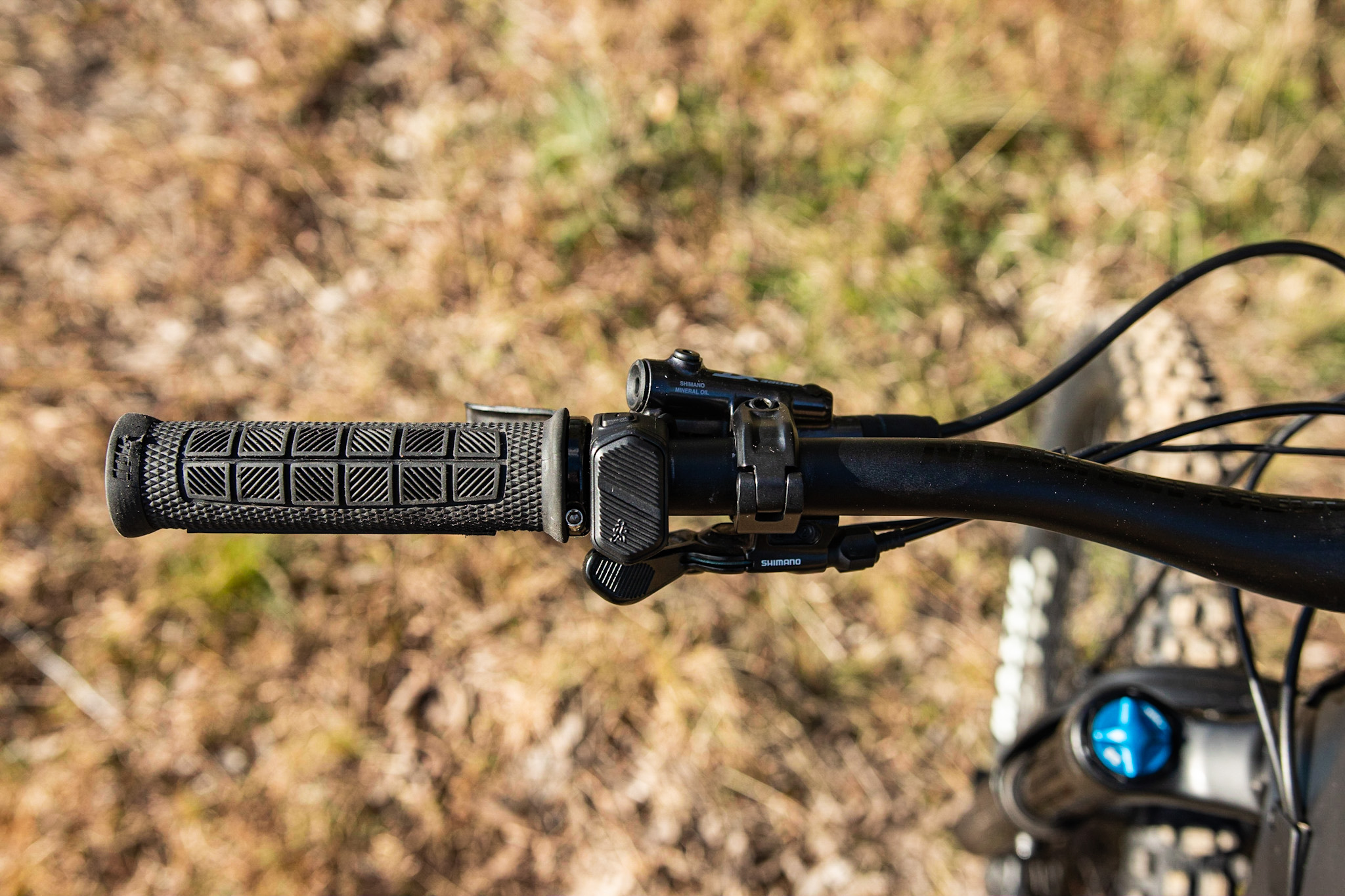
However, it does shut power off quicker than other systems, especially when compared to the Bosch which does hold the power on a little longer after you stop pedaling to assist getting over that tech obstacle. Is this a bad thing? Well not necessarily, as it cut the power back in as fast as it cuts out, so it really does make a more natural and adept climber, like you’re pedaling with heaps of power rather than a motor that’s cutting in and out just after you start and finish pedaling.
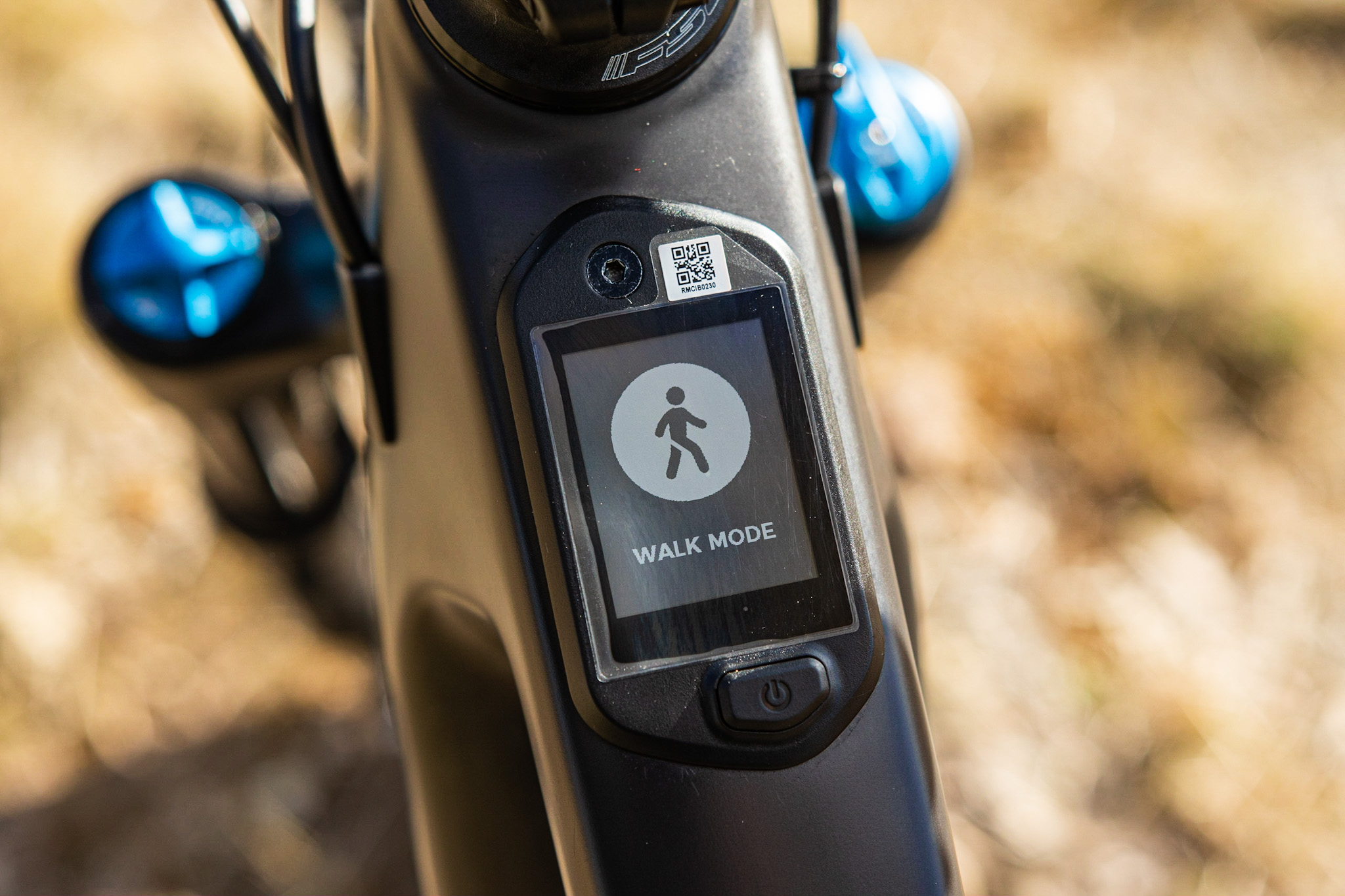
The drive cog effectively being used as an idler is great, it appears to be a high quality steel unit which is an inexpensive spare which with so few teeth will no doubt need routine inspection in dirty conditions but remained trouble free throughout our test period. I did note (like all high pivots) that if the going was rough, wet or gritty regular cleaning and lubrication of the drivetrain was imperative to maintain a quiet system, looking after your bike should be high on the list with a rig like this anyway..
On The Trail
The Altitude Powerplay feels far more spirited on the climbs than I imagined a 24.2kg (weighed with no pedals) E-bike to feel. Sensible and centered geometry keeping you on top of the pedals with a mid-high pivot that fattens terrain. Our size medium on test measures in at a 455mm reach when in Position 3 of the Ride 4 Flip Chip that I will go into more later. Ride 4 position 3 keeps the seat tube angle at 76 degrees and is a very pleasant sitting position on the bike for long arduous or short technical climbs. I found this surprising given the slack head tube angle that ranges between 63 and 64 degrees depending on the Ride 4 geometry adjustment. I settled on the Ride 3 position after some fiddling, the bike ships in the neutral position (position 3) and can be made slightly steeper with a higher bottom bracket in position 4 or slacker and lower in Position 1. The overall height difference between the two is 10mm and nearly a whole degree at the head tube angle which gives riders plenty of adjustment over the geometry and kinematics of the rear suspension. With the 10mm flip chip adjustment for the chain stay length, tinkerers will have a field day!
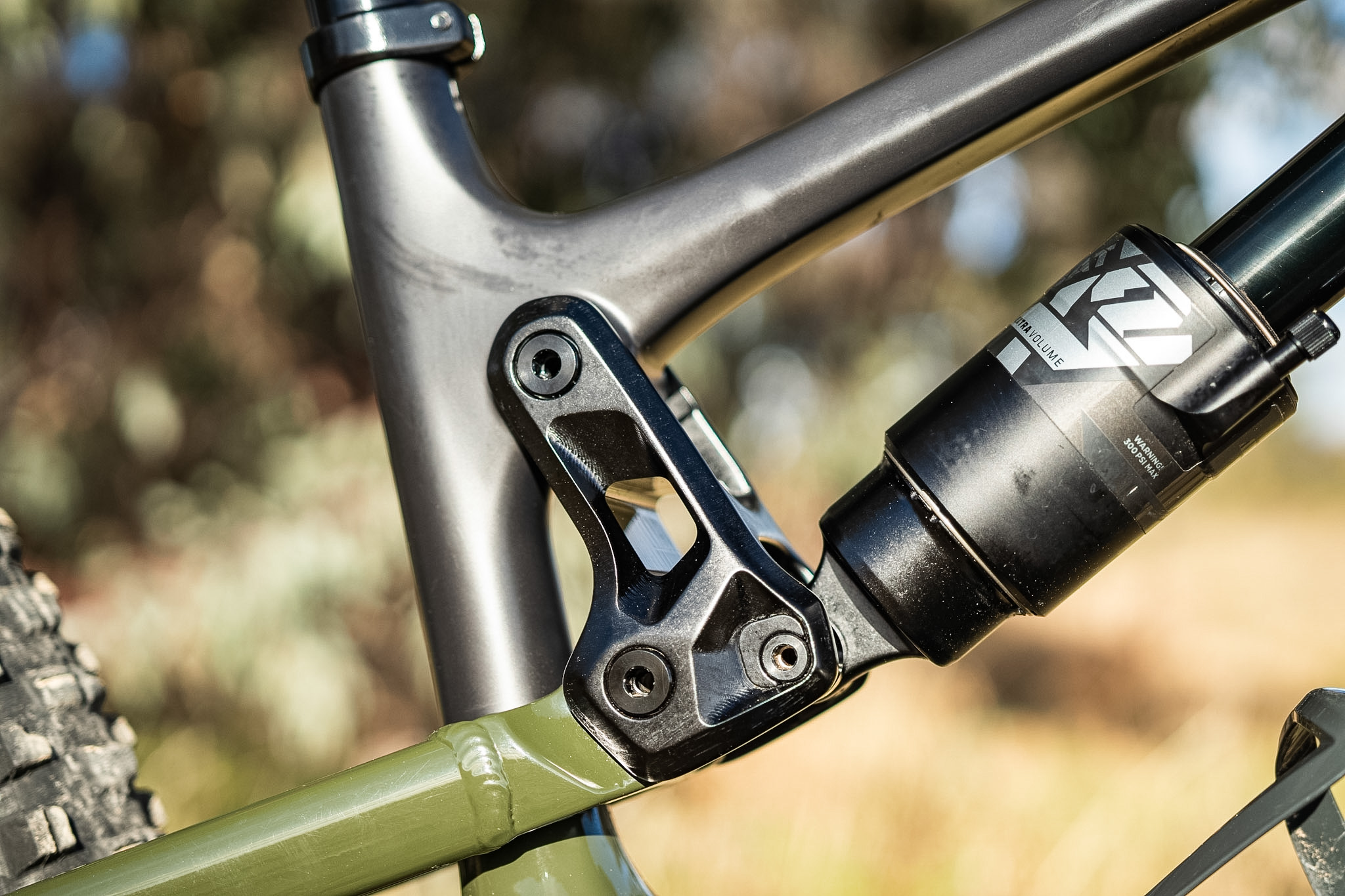
I quickly pushed the rear centre out to the longer 447mm position and bumped up the fork and shock pressure slightly to keep riding higher in the travel and tracking better at speed. The 437mm rear end was very short and almost too playful, especially on climbs where the extra length made the biggest difference. The Fox 38 is a stiff and stout unit which instills confidence especially under hard braking and direction changes however an independent high speed compression adjustment wouldn’t go amiss over the GRIP damper. A GRIP2 damper may be on the cards for those wanting some more adjustment and balance out how well the rear of this bike tracks.
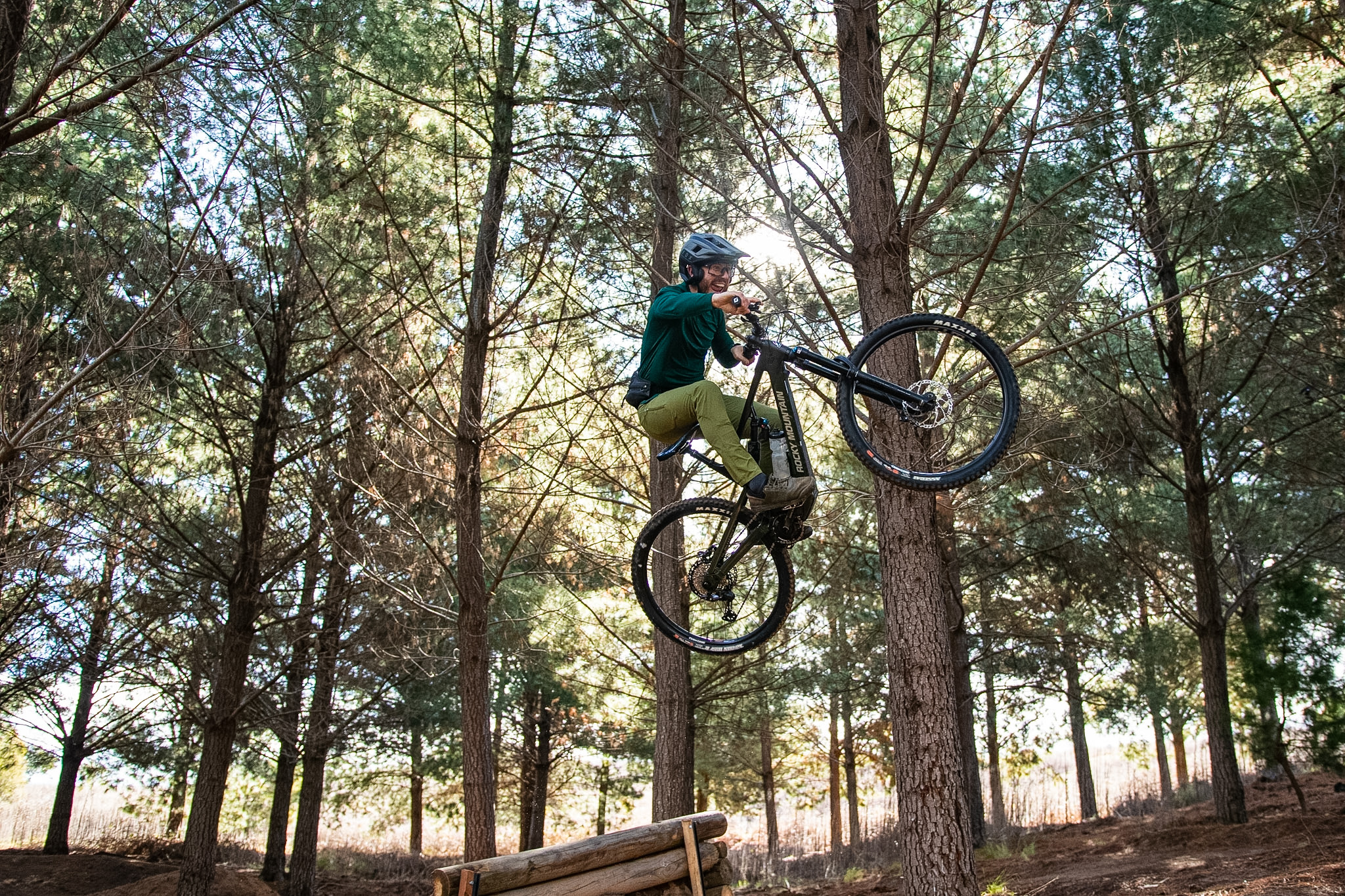
From all the e-bikes I have tested, the Rocky Mountain Altitude Powerplay is the first to come stock with proper casing tyres AND Inserts?! Thank you Rocky Mountain, finally a manufacturer that has built a bike for people whom actually ride it and don’t just look at the weight when purchasing. Huge kudos here, it is probably a 1.5kg penalty at a minimum and worth every gram. Admittedly the WTB ST i30 TCS rims are basic and could have been switched for something stronger, they are shroud in proper tyres and installed with Cushcore inserts which enables riders to experience how brilliantly the mid-high pivot works on the Altitude for longer than a fleeting few minutes which is what normally happens on the trail.
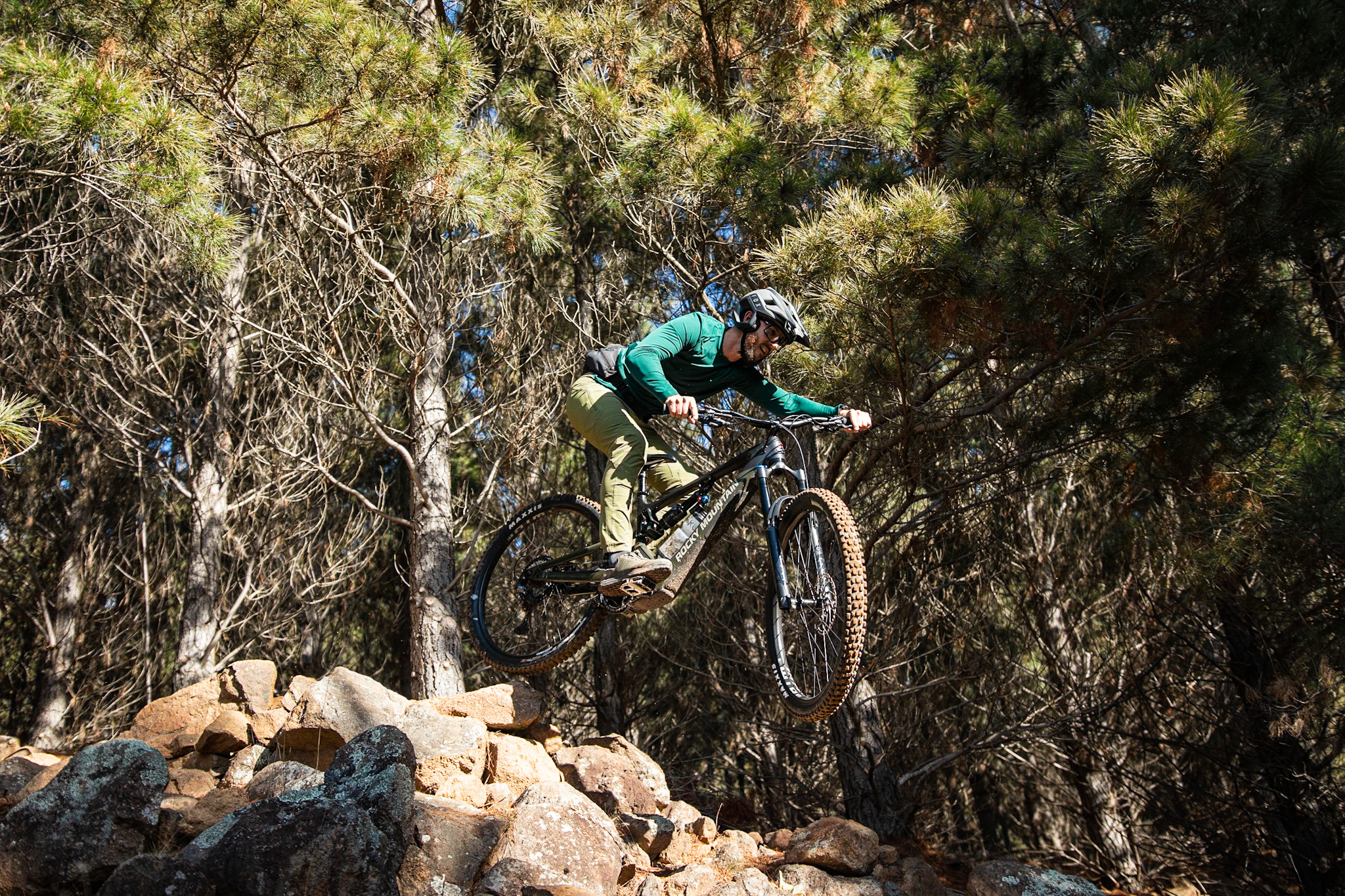
Durability Concerns
From the most powerful motor on the market in one of the best handling chassis ridden to date, I did have some teething issues. Initially it started with a slow turn on time to cutting out and then a communication error code. After some trouble shooting with the very helpful Australian distributor we got the bike back to our local dealer who ran some diagnostics and found we needed a fresh Jumbotron unit and had it back and ready to go within a few weeks. On the first ride back, the Rocky threw an error and required a recalibration which takes less than 30 seconds and can be done via the Jumbotron. A few more weeks passed and then it decided to drop down a few assist modes on a tech climb and then shut off. I turned it back on with the communication error I saw the first time we had issues, however being at the bottom of the mountain and as far from home as I could be, I tried the old Apple trick of turning it off and on again multiple times and floundering through the menu options like I knew what I was looking for. While it fired up again, after riding it turned off about 50 metres up the climb. The drag is substantial and it was apparent I was clearly on an E-bike. But then, the Altitude Powerplay came to life and has been trouble free since..
Who knows why or how these errors occurred but I conclude that all things brilliant in their field have quirks and most of us can look past them. The after sales support should something go wrong was great, that is probably the most important thing to remember.
Our Take
This is one of my two favourite handling E-bikes tested to date, both for different reasons and both blew me away with there super capable and surprisingly balanced feel. Personally the mid high pivot suits my riding and the plowability of an E-bike and I am very fond of the Rocky Mountain and most of its quirks. The attention to detail with the parts and build quality is great. For example, a set of stainless steel headset bearings is something that’s so often skimped out on, and the very neat Modular upper shock mount and pre installed Cushcore inserts at $13499 are all excellent additions. In the realm of high calibre eMTBS it's all there, is great value within the market and handles like a dream.
Brand: Rocky Mountain
Model: Altitude Powerplay Carbon 70
RRP: $13499
Weight: 24.2kg
From: Bikes.com
Available Sizes: S, M, L (tested), XL
Frame Material: Carbon fiber Front Triangle, Alloy rear 160mm travel
Fork: Fox 38 FLOAT EVOL Grip Performance 170mm,
Shock: Fox X2 Performance Sealed Bearing eyelet 230mm x 62.5mm
Shifter: Shimano Deore XT M8100 12sp
Derailleur: Shimano Deore XT M8100 12sp
Crank: Race Face Aeffect Cinch 34t 170mm
Bottom bracket: FSA BB89.5mm x 24mm Pressfit
Chain: Shimano XT
Cassette: Shimano XT 10-51t
Hubs: DT Swiss 370 hybrid rear, Rocky Mountain Sealed Bearing Front
Spokes: DT Swiss Champion front/Alpine rear
Rims: WTB STi30 TCSm 32 hole
Tyres F: Maxxis Assegai 2.5” DD, 3C, TR MaxxGrip
R: Maxxis Minion 2.4' WT DD, 3C, TR MaxxTerra
Brakes: Shimano XT 4-piston, 203mm/203mm
Stem: Rocky Mountain 35mm AM 40mm length
Handlebars: Rocky Mountain AM 780mm bar with 38mm rise
Seatpost: RaceFace Aeffect Dropper
Saddle: WTB Volt Race

